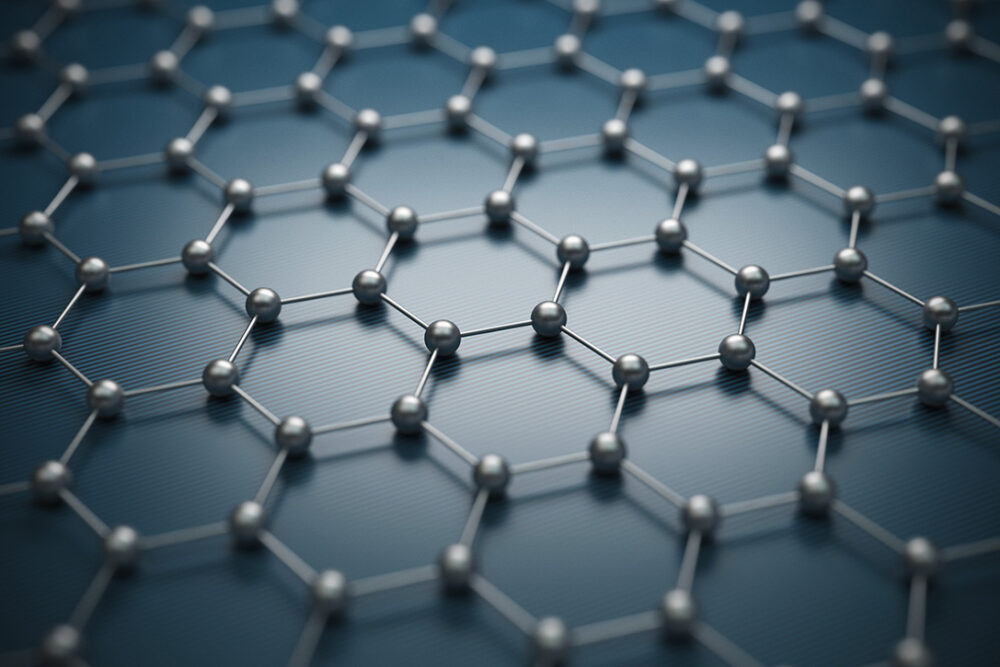Graphene, a monolayer of carbon atoms arranged in a two-dimensional honeycomb lattice, has garnered significant attention in the realms of materials science and condensed matter physics due to its unique properties and potential applications. This intriguing material has prompted a myriad of research endeavors aimed at unlocking its capabilities and understanding its underlying principles.
The fascination with graphene predominantly arises from its extraordinary physical characteristics, which diverge markedly from those of bulk carbon materials like graphite and diamond. One of the most remarkable properties of graphene is its exceptional electrical conductivity. Electrons can traverse the lattice at remarkably high velocities, behaving as if they possess no mass, a phenomenon attributed to the material’s unique band structure. This allows graphene to surpass traditional conductors, making it a prime candidate for future electronic devices, potentially enabling faster and more energy-efficient technology.
Moreover, graphene exhibits unparalleled mechanical strength. Interestingly, it is over 100 times stronger than steel while remaining incredibly lightweight. This exceptional tensile strength and flexibility could revolutionize industries ranging from construction to aerospace. The ability to combine resilience with minimal mass means that components fashioned from graphene could outperform their conventional counterparts, leading to more sustainable and efficient materials.
Thermal conductivity is yet another fascinating property of graphene. Remarkably, it demonstrates superior thermal transport characteristics, surpassing many metals. The implications of this feature are extensive; graphene’s ability to efficiently dissipate heat could mitigate overheating in electronic devices, enhancing their longevity and performance. In this regard, its application in thermal interfaces and heat spreaders presents an intriguing avenue for development.
The combination of these properties allows graphene to be characterized as a wonder material. However, the scientific community has only begun to scratch the surface of graphene’s potential applications. For instance, its use in composite materials promises to produce lighter, more durable materials for automotive and aeronautical applications, where weight reduction is critical without compromising strength.
Furthermore, graphene’s optical properties position it as a significant player in the field of photonics. It exhibits exceptional transparency, absorbing only about 2.3% of visible light. This allows graphene to be integrated into various optoelectronic devices such as touch screens and advanced sensors, thus enhancing their performance while retaining a sleek aesthetic.
Exploring the electrical properties further, it is essential to mention graphene’s tunable band structure, allowing researchers to manipulate its electronic attributes through chemical doping or by applying an external electric field. This versatility opens pathways to applications in transistors, potentially leading to the development of ultra-fast and low-power semiconductor devices. Such advancements could catalyze a significant evolution in the miniaturization of electronic components.
Additionally, the interplay of graphene with other two-dimensional materials, such as hexagonal boron nitride, has given rise to the concept of heterostructures, which could enhance the functionality of devices at the nanoscale. By stacking different layered materials, it is possible to create a wide array of electronic and optical components with tailored characteristics, paving the way for innovations in scalable two-dimensional electronics.
Graphene also plays a crucial role in energy storage technologies. Its large surface area and high conductivity enable rapid charge and discharge processes, making it an excellent candidate for supercapacitors and batteries. Research indicates that mixing graphene with conventional materials could lead to batteries with significantly improved performance, increasing energy density and charging rates, crucial for the proliferation of electric vehicles and renewable energy solutions.
Moreover, graphene’s biocompatibility makes it an exciting prospect in biomedical applications. Its surface can be functionalized to carry drugs, genes, or other therapeutic agents, facilitating targeted delivery systems essential for modern medicine. Furthermore, sensors developed with graphene can exhibit heightened sensitivity, enabling the detection of biomolecules at remarkably low concentrations—a feat of immense importance in the early diagnosis of diseases.
Despite the profound promise graphene holds, challenges remain in its production and integration into existing technologies. Current methods of synthesis, while varied, tend to involve complex processes that may not be feasible for widespread commercial application. Scalability and consistency in the quality of graphene produced are critical issues that researchers are actively addressing.
As we delve deeper into the study of graphene, it is clear that this remarkable material encapsulates a synergy of properties that not only provoke intellectual curiosity but also hold the promise of transformative technological advancements. The implications of harnessing graphene’s full potential are profound, echoing across industries, and warranting continued investigation and innovation.
In conclusion, graphene stands as a beacon of modern scientific achievement, a manifestation of how a seemingly simple arrangement of carbon atoms can yield complex and multifaceted properties. Its myriad applications promise to redefine contemporary materials science, electronics, energy storage, and biomedical engineering, thus emblematic of a future that not only embraces scientific prowess but also highlights the inexorable quest to harness nature’s fundamental building blocks in innovative and beneficial ways.












